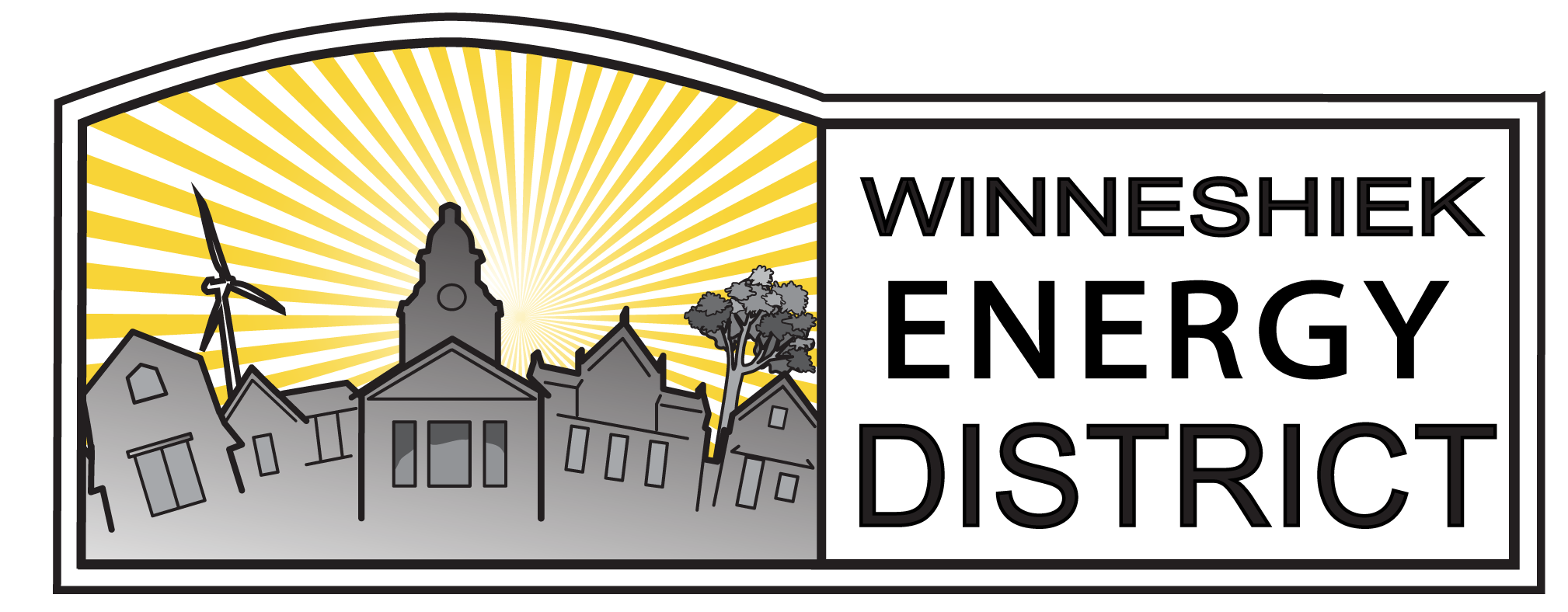Repost: What are municipal utilities and why are they suddenly popular?
26 November 2019
Repost from Bigthink.com
- Cities and movements across the country are considering running their own electric utilities.
- These operations, known as municipal utilities, are already widespread and have a respectable track record.
- Representatives of the campaigns to implement municipal control see this as a path to a green, democratic future.
If you’re reading this, then you use electricity. This is hardly a surprise, as modern life would be all but impossible without it. Electricity keeps the lights on, makes our meals, gets us to work, runs our machines, and keeps us alive when we’re seriously ill. However, despite the centrality of electricity in our society, many people have no idea as to how the electric system works.
Recently, several movements have been launched in some of the most populated areas of the country to change our electric system in a way that proponents claim would make it safer, greener, more effective, and provide more public benefits than it is now. They argue that all it would take is a change of ownership.
Who sells you your electricity?
Selling electricity isn’t like selling apples in a stall; you can’t easily have two electric utilities offering the same service to the same geographic area. Even if you could, it would be terribly inefficient; each company would have to have its own expensive infrastructure hooked up to every house- only one of which would be making any money. Because of this, the electricity market is often said to be a “natural monopoly,” a case where various factors make it more sensible to have one provider of a product than multiple ones.
This is why most places in the United States, to make things more efficient, strike a deal with a privately owned, for-profit, electric company. That company will be assured of a monopoly in the area in exchange for certain contractual obligations and regulatory oversight.
However, despite the American penchant for capitalism, there are other commonly used models for the distribution of electricity which remove the profit element. One common in rural areas is the use of not-for-profit cooperatives, which are owned by and operated for the benefit of their customers. Another, which is currently getting a fair amount of attention, is municipal ownership.
Municipal or community utilities are utilities that are owned and operated by the local government or another state body to provide a service to the public. It is common to see these in different parts of the country providing many services; among them electricity, water, gas, internet, telephone services, and garbage removal.
This isn’t a new idea; Los Angeles has had a publicly owned electric utility for over one hundred years. It also isn’t a fringe one, one in seven Americans are served by such a utility at the time of writing. However, as debates over our energy future take on ever-increasing importance and concerns over corporate power in American life come to the forefront, the idea is taking on a new life.
The American Public Power Association (APPA), the trade association for community-owned electric utilities, lays out the case for public power in straightforward terms. On their stats and facts page, they explain how “Not for profit, community-owned, locally controlled” utilities provide better service at lower rates than privately owned utilities while also providing revenue for their communities.
Examples of well-run municipal electric utilities that offer a clear alternative to the typical model abound. In Omaha, Nebraska, a state which is entirely powered by cooperatives and municipal utilities, voters elect the members of the utility board of directors. Meetings of the board are open to the public and televised. Each year, a portion of the profits made are given back to the city to be spent at the discretion of the city council.
In Austin, Texas, the city utility uses a progressive rate structure that charges more per kilowatt-hour to customers who use large amounts of electricity. The principle being that lower-income customers are going to save money while the better off, with larger houses and more stuff to power, pay more.
There is also the question of making the electric system green. According to the APPA, publicly owned electric providers are making the switch to carbon-free sources at a faster rate than privately owned ones.
